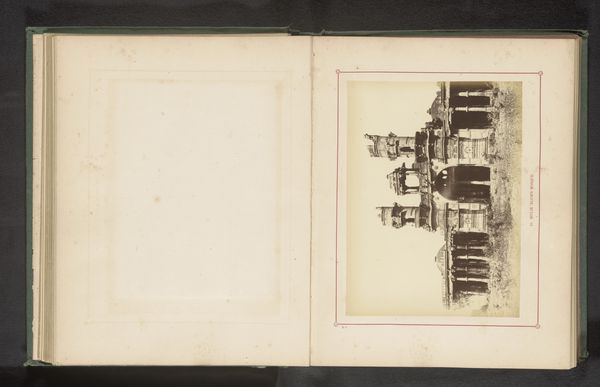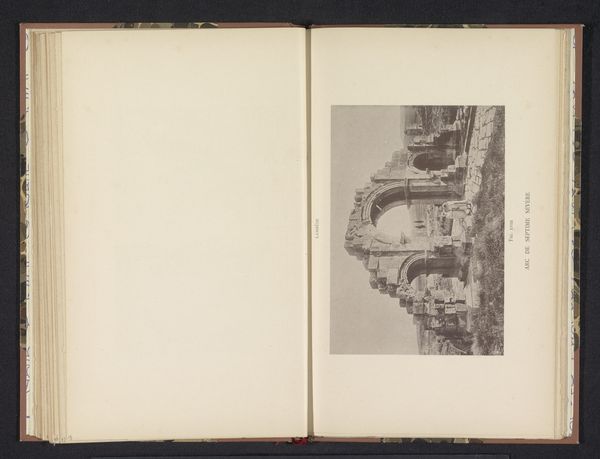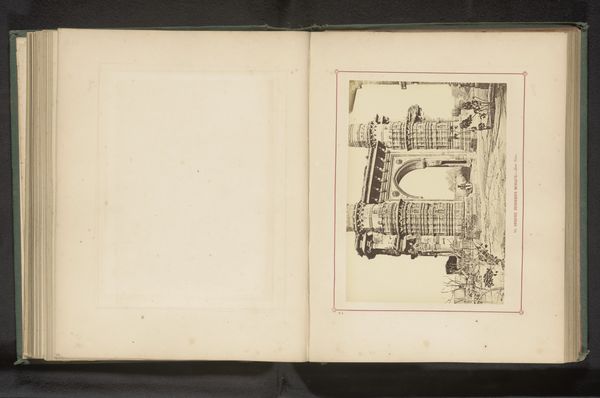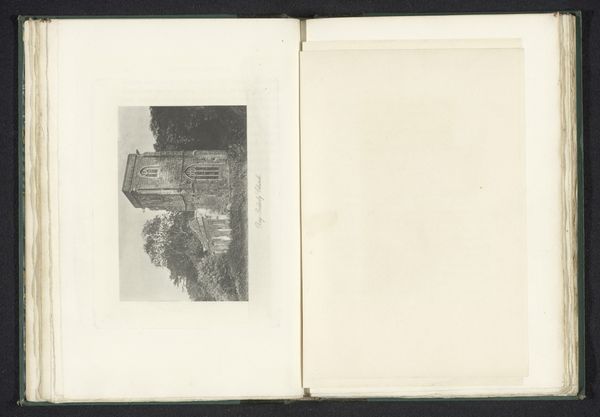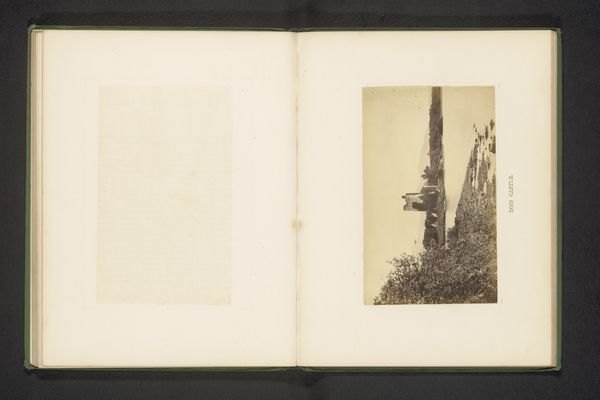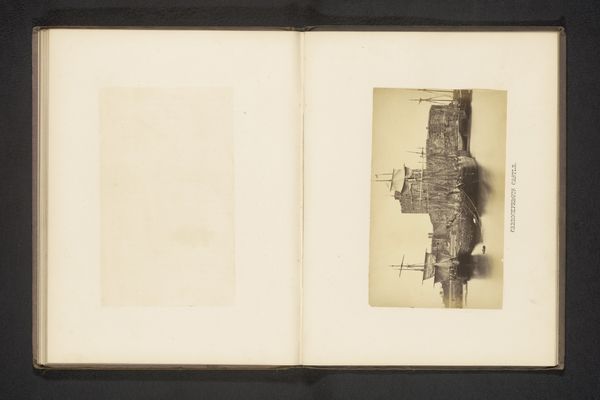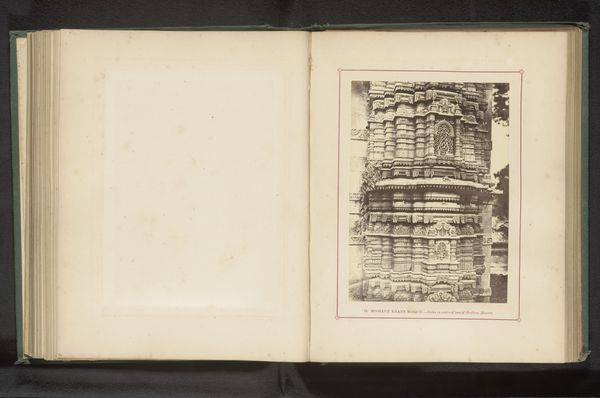
drawing, print, paper, ink, engraving, architecture
#
drawing
#
aged paper
#
baroque
# print
#
pen sketch
#
sketch book
#
hand drawn type
#
paper
#
personal sketchbook
#
ink
#
pen-ink sketch
#
pen and pencil
#
pen work
#
sketchbook drawing
#
cityscape
#
history-painting
#
sketchbook art
#
engraving
#
architecture
Dimensions: height 208 mm, width 172 mm
Copyright: Rijks Museum: Open Domain
This drawing by Iven Besoet depicts a temporary structure erected for Willem IV’s entry into Breda in 1737. Dominating the scene is an elevated temple adorned with foliage and heraldic symbols, alluding to themes of power and legitimacy. The triumphal arch, with roots stretching back to ancient Rome, here serves as a stage for political theater, designed to impress and assert authority. Note how Besoet consciously evokes classical forms, harking back to a golden age to amplify Willem's status. This borrowing from the past is not mere imitation. Rather, it's a strategic move in the ongoing relay race of cultural memory. Consider how such displays tap into our collective subconscious, stirring emotions tied to historical grandeur and stability. The very act of processing these symbols—the arch, the garlands, the implied procession—ignites a psychological process, as the viewer engages in a kind of dialogue with the past, projecting hopes and expectations onto the present. The power of the image lies not just in what it shows, but what it awakens within us. The triumphal arch has re-emerged throughout history, evolving in form and meaning, yet retaining its core function: to celebrate power and forge a link between past and present.
Comments
No comments
Be the first to comment and join the conversation on the ultimate creative platform.
